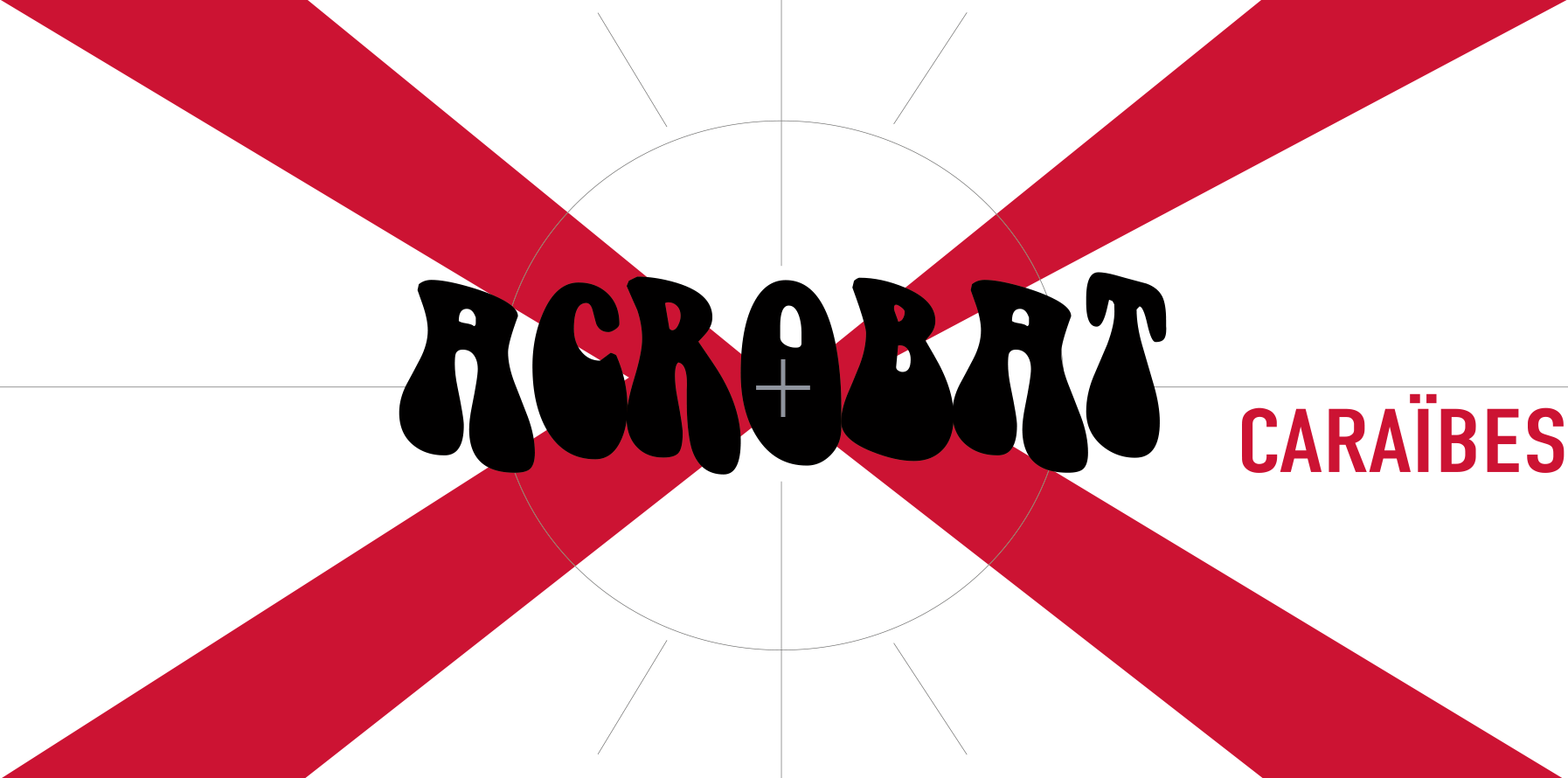Title two teaser with the key word soil nailing
Soil nailing is a reinforcement of the ground, quarry face or engineering structure through the use of a grid of anchors (iron bars) set in sufficently resistant ground and linked to surface shielding from sprayed concrete. Many boring techniques can be used for the anchors. Generally, concrete is sprayed by the dry method. This allows us to access those tricky zones where traditional methods are inappropriate.
Dry soil nailing and high-elastic (HLE) nets
Steelgrid HR and HR PVC are geocomposites woven in steel wire and wire cable during the creation of double torsion. The Steelgrid HR and HR-PVC geocomposites suit a system of passive protection against falling stones, or serve to improve the surface or the stability of poor-quality embankments. The Steelgrid HR can equally be installed by other applications such as buildings, walls, dams, chimney, etc…
Steelgrid HR is available in three varieties: HR30, HR50 and HR100. Steelgrid’s main cable is eight mm thick steel core (nominal load 1770 N/mm²). The cables are used in place of the traditional edge and also of woven mesh steel cable. Their nominal longitudinal separation is 30 cm or 50 cm or 100 cm.
The geocomposite Steelgrid is particularly useful for the protection of scree screens in serving as a protection layer at the surface or in order to stablize embankments. It offers both high stiffness and a high capacity for distortion compared to traditional cladding. This improves the level of security. The steel cable used in making the double torsion grid is fitted with the highest level of galvanization on the market, the GalMac. Its eutectic alloy is 95% zinc and 5% aluminum. The main advantages of Steelgrid HR and HR PV are their high resistance, andits high mechanical stiffness. In addition comes the effective combination of the forces exercised on the anchors and the heads and the performance of the cables inserted longitudinally during the weaving of the panel. In geotechnical and geological work, the Steelgrid is most often installed either as a simple passive reinforcement or for stablization purposes via wire plating.
In the first case, the geocomposite is fixed like a curtain, suspended by cables at the head and foot of the bank. In the second case, the geocomposite curtain is completed by the use of planted anchors. Anchor spacing is calculated and then reinforced by cable.
Reinforced concrete beams…
Meant here is a hollow metal cylinder framework. It has a diameter of around 9 to 15 cm, drilled up to depths of often over 10 meters. The framework is sealed to the ground via high-cement grout. Micropiles are added along the supporting walls and, to the extent possible, across the overhanging bedrock. They are used at most every two metres. A reinforced concrete mass or beam, pinned to the bedrock, connects the head of the micropile and the bedrock. A beam is a rectangular concrete shape out of reinforced concrete or prestressed concrete which ensures the cross-connection between the posts at the bedrock blocks. This also serves to distribute the weight (support walls) or direct them to the supports.
Metal sag rods…
The metal sag rods are an alternative solution for the reinforcement of support walls when the use of reinforced concrete is not possible (for reasons of cost or access). Metallic rods also form the alternative to using a St. Andrew’s cross. The rods are either UPN or IPN, with parts adapted as the job requires. The metal profiles are protected from corrosion via a system based on industrial coating and paints elastic up to 200%.
St. Andrew’s cross…
And lest any one should, perchance, marvel at this being said by me, as the chief of his ability consists in something else, and not in this system and practice of eloquence, he must be told that even we ourselves have never been wholly devoted to this study. In truth, all the arts which concern the civilising and humanising of men, have some link which binds them together, and are, as it were, connected by some relationship to one another.

